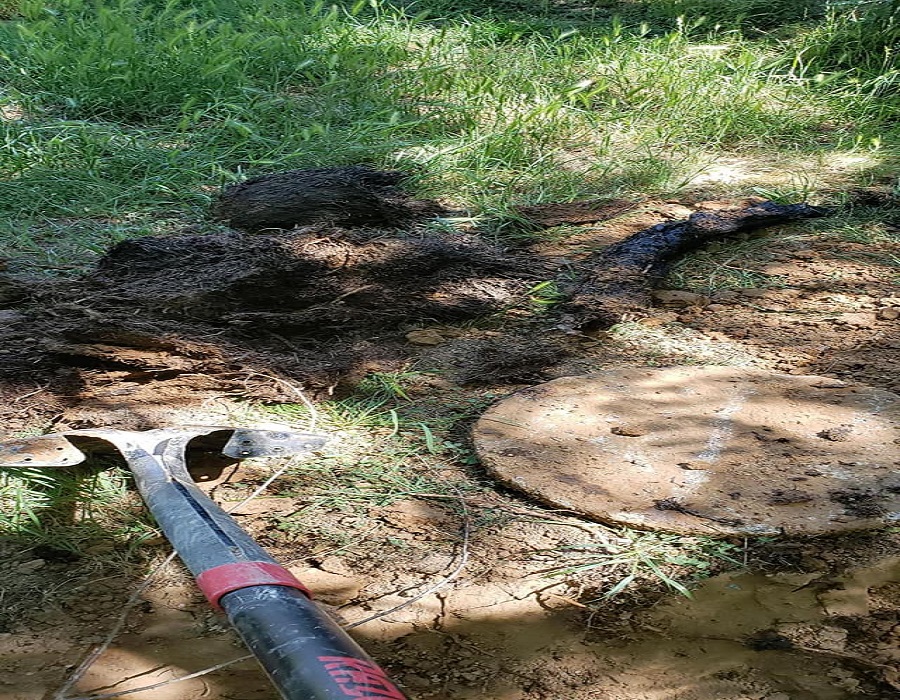
Your septic tank is an integral part of your septic system. It holds the wastewater, allowing solid waste to settle down at the bottom. When choosing a septic tank, one of the most important considerations is the material. Two popular septic tank materials include plastic and concrete.
If you cannot decide between these two seemingly equally good options, you have come to the right place. Just-In Time Septic Pumping Services is a licensed septic installer near you. To help you make an informed decision, we have weighed the pros and cons of plastic and concrete septic tanks. Take a look.
Plastic Septic Tanks
Plastic septic tanks or poly septic tanks are made of polyethylene plastic. They weigh considerably less than concrete septic tanks and are also rustproof. No wonder they are fast becoming a popular alternative to concrete septic tanks.
Plastic tanks are typically oblong oval in shape with ridges along the exterior walls. Their specific gravity is lower than that of water. To reduce the risk of the water tank floating and polluting local water bodies, provide anchoring to it. A home improvement store near you will sell plastic septic tanks and they are purchased, ready to install.
Pros
- Easy installation: Plastic septic tanks are lightweight, and thereby, easy to install. Easy installation means a lower installation cost. A typical plastic septic tank does not weigh more than a couple of hundred pounds and can be easily transported by a truck.
- Superior properties: Plastic septic tanks are rust proof, boast superior chemical resistance and do not crack easily.
- Affordability: Plastic septic tanks are a cheaper alternative to concrete tanks. They cost less than concrete tanks and cost of installing them is also lower.
Drawbacks
- Needs more maintenance: If you go for a plastic tank, you will have to have it cleaned more regularly than a concrete tank.
- Cannot handle high affluent levels: Because plastic tanks are lighter than concrete tanks, they can handle less affluent than their concrete counterparts.
- Durability problems: Plastic tanks are less durable than concrete tanks. They are sensitive to root penetrations and soil vibrations.
Concrete Septic Tanks
Concrete septic tanks are usually pre-casted for a hassle-free installation. They are considerably bulkier than plastic tanks. A concrete septic tank has a specific gravity of around 2.4. Thanks to a high specific gravity, these tanks can withstand buoyant forces.
Pros
- Superior durability: Concrete septic tanks are known for their extraordinary durability. They can usually be driven over without any damage. These tanks can last for a few decades.
- Can handle high levels of affluents: Thanks to their size, these tanks can handle high affluent levels and need less frequent maintenance.
Drawbacks
- Bulkiness: Concrete tanks can weigh several tons. Heavy machines may be required to move a concrete tank.
- Difficult to repair: They are less likely to be damaged by environmental factors than plastic tanks, however, if they become damaged, they are more difficult to repair than their plastic counterparts.
Just-In Time Septic Pumping Services is a licensed septic installer near you in Sebastopol. Our pros have years of experience installing, repairing and maintaining septic systems. To learn more, call (707) 824-2837.
